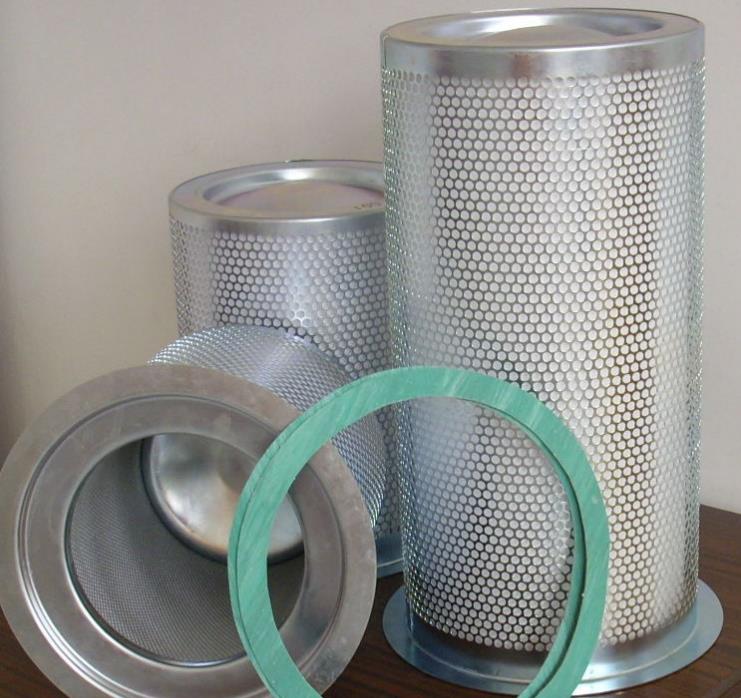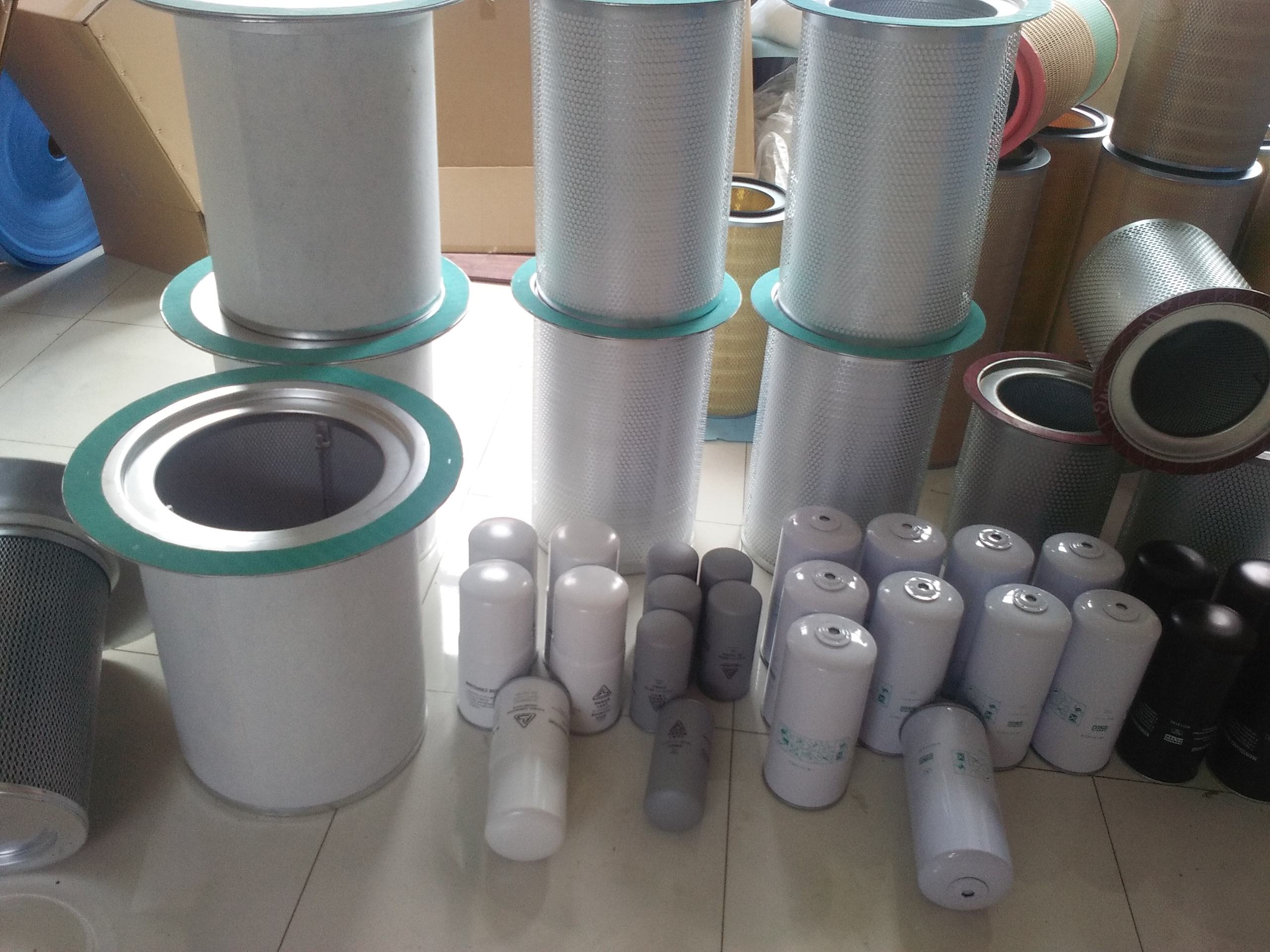鹧鸪 is an emerging special poultry breeding project in recent years, and there is less knowledge about quail culture. In order to reduce the detours for farmers, we will introduce the farming experience to everyone. The first step is to do a good job of disinfection. Before going into the brood, clean the room, put the brooding cage and the sink, the trough, and the faeces into the room. Then close the doors and windows. Use 20 kg of potassium permanganate per cubic meter, and 40 ml of formaldehyde be fumigated for 24 hours. Then Open the doors and windows to release the odor, and then disinfect it twice with a poisonous spray. Temperature is the most critical factor affecting the survival rate of bred brooders. Two days before hatching, the indoor fire can be ignited and the temperature can be adjusted. The fire must be placed on the chimney to prevent poisoning. The temperature is maintained at 34°C-35°C. If the temperature is too high, the chicks will die of heatstroke. If the temperature is too low, they will crush and they will die. The indoor thermometer mercury head is about the same height as the head of the chick. The humidity should be 60% to 70% within 1 week, and 50% to 60% after 1 week. If the humidity is too high, the cockroaches are easy to get coccidiosis, which is easy to get respiratory disease. The youngster must drink boiled water within 24 hours of shelling, then boil the boiling water to about 36°C, and electrolyze 1 g of multi-dimensional water for 1 kilogram, drink it continuously for 3 days, but do not drink water as soon as it emerges from the shell. After the boiled water, you can start eating. The first day, use the full-price raw material to mix cooked eggs to eat. In 100 chicks, add 2 goats and 3 cooked eggs. Mix the feed with a small amount of water and make it moist. A small amount scattered on the paper, so that young chicks to eat freely, the first three days to keep the material as well, three days after the switch to the trough. Due to the high temperature in the room and the high humidity, the feed is prevented from being contaminated by mold, and less feeding is required during feeding. During the brooding period, there should be enough fresh air to make the young chicks grow healthily, and there are conditions for ventilation fans. In order to make the brood room smell small, it is necessary to remove the feces twice a day. Density is too large to restrict the activities of the venues fighting each other, prone to diseases; density is too small, waste of space to increase costs, generally 10-day-old chicks per square meter 80, 11 days to 30 days of age 50 per square meter. As a seasonal bird, light affects the growth, appetite and disease directly. After the hatchlings have hatched, they are exposed to light for 24 hours in 2 weeks and light for 16 hours in the future. The intensity is 3 watts per square meter. If the light is too strong, it will cause the fistula to recite. After 20 days, it can be cut off. Scissors can be used to cut only the files and not to cut them. 2 hours to 6 days after hatching, the chicks used Enrofloxacin (0.25%) to drink water to prevent white pupa; 8 days old with Newcastle disease II strain vaccine, 2 weeks to 3 weeks with penicillin 20 million units/branch, Antibacterial and prevention of coccidia. After 3 weeks, drinking water with norfloxacin or enrofloxacin prevented Salmonella. During the brooding period, the spray was disinfected twice a week. In case of an outbreak, it can be disinfected once a day. Oil-gas Separation Filter Elements
Oil-gas Separation Filter Elements
Describe:
Oil-gas separation filter is a device to separate the gas from the lubricating oil to ensure that the lubricating system works properly. Applications: Petroleum, Chemical, Metallurgical, Aviation, Electronics, Power, Pharmaceutical, Environmental Protection, Atomic Energy, Nuclear Industry, Natural Gas, Refractory, Fire-fighting equipment, Solid-Liquid, Gas-Solid, Gas-Liquid Separation and purification.
Principle and characteristics:
The air compressed from the compressor head contains oil droplets of different sizes. Large oil droplets are easily separated through oil and gas separation tanks, while small oil droplets (suspensions) must be filtered by micrometer glass fiber filters of oil and gas separation filter elements. The proper selection of glass fiber diameter and thickness is an important factor to ensure the filtration effect. After the oil mist was intercepted, diffused and polymerized by Filter Material, the small oil droplets quickly aggregated into large oil droplets, which passed through the filter layer under the action of aerodynamics and gravity and settled at the bottom of the filter core. These oils return to the lubricating system through the inlet of the return tubing at the bottom of the filter core, which makes the compressor discharge purer and high quality compressed air.
Performance parameters:
After separation of the gas oil content: ≤ 3ppm.
Initial pressure difference: ≤ 0.02MPa .
Replacement pressure difference: 0.7MPa.
Service life: 3000~ 4500h.
Applications: Petroleum, Chemical, Metallurgical, Aviation, Electronics, Electric Power, Pharmaceutical, Environmental Protection, Atomic Energy, Nuclear Industry, Natural Gas, Refractory, Fire-fighting equipment, Solid-Liquid, Gas-Solid, Gas-Liquid Separation and purification.
Oil Filter Paper,Oil-Gas Separation Filter Elements,Oil Filter,Oil Filter Cartridge Henan Sinofiltec Technology Co.,Ltd , https://www.airfilters.pl



